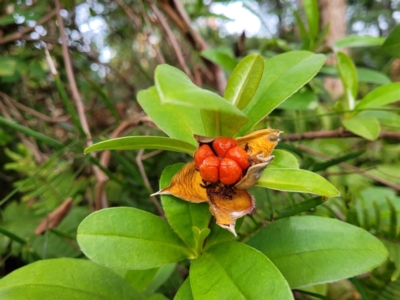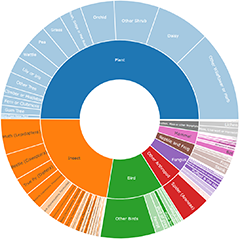Climbers
Announcements
There are currently no announcements.
Discussion
waltraud
wrote:
23 Nov 2025
abread111 I think your id is correct, I know some gardens in the vicinity which have it.
Passiflora caerulea
abread111
wrote:
23 Nov 2025
probably this species, some leaves have 5 lobes while most seem to have 3 lobes
Passiflora caerulea
abread111
wrote:
23 Nov 2025
this is the species which is used for the rootstock of the edible passionfruit. Most other species of Passiflora have 3 lobes to their leaves.
Passiflora caerulea
Significant sightings
- Asparagus asparagoides at Nicholls, ACT
- Araujia sericifera at Kaleen, ACT
- Araujia sericifera at Kambah, ACT
- Asparagus asparagoides at Ainslie, ACT
- Araujia sericifera at Weston, ACT
- Parthenocissus quinquefolia at Watson, ACT
- Araujia sericifera at Pialligo, ACT
- Asparagus virgatus at Mawson, ACT
- Asparagus virgatus at Mawson, ACT
- Asparagus asparagoides at Campbell, ACT
Top contributors
- Tapirlord 244
- Mike 232
- plants 144
- trevorpreston 141
- MichaelBedingfield 102
- lbradley 83
- JaneR 64
- SteveBorkowskis 63
- ConBoekel 61
- waltraud 60
Top moderators
- Tapirlord 969
- MichaelMulvaney 534
- plants 267
- MichaelBedingfield 238
- natureguy 190
- RWPurdie 129
- JasonPStewart 116
- Mike 59
- waltraud 48
- Csteele4 38



































